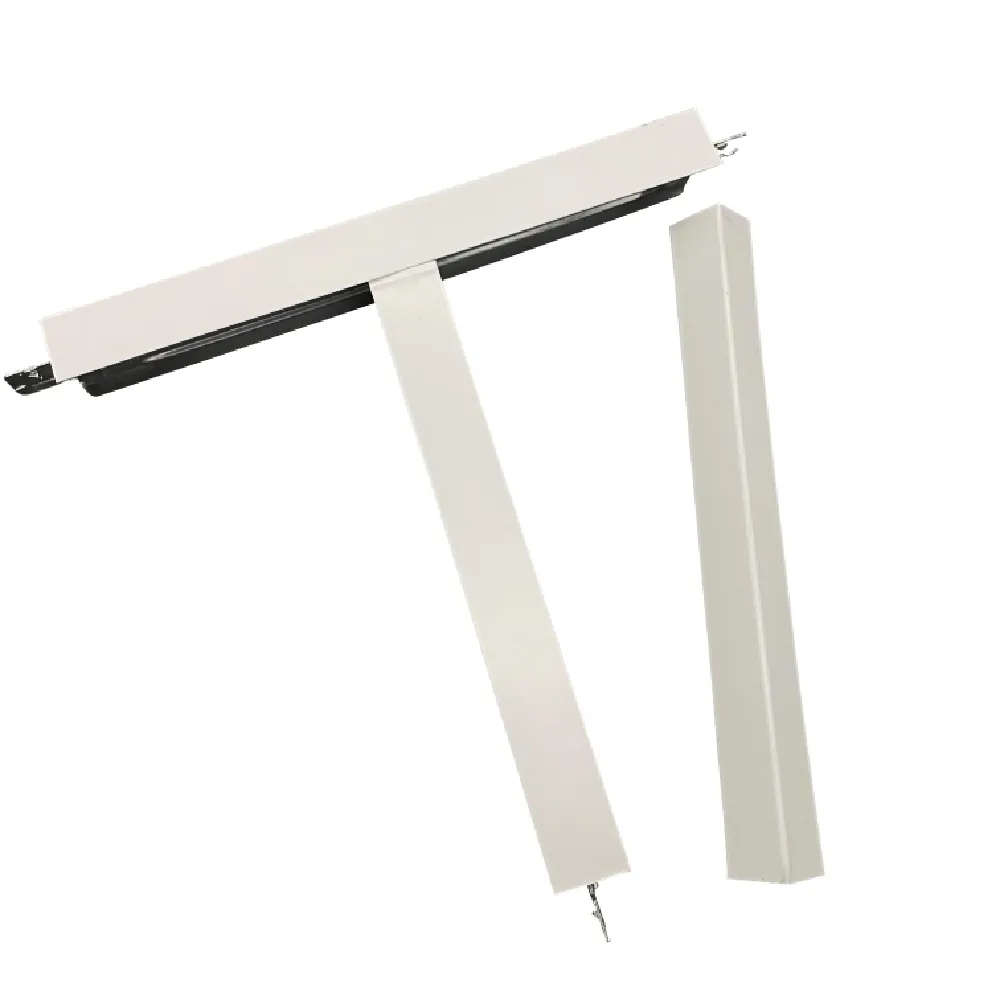- Afrikaans
- Albanian
- Amharic
- Arabic
- Armenian
- Azerbaijani
- Basque
- Belarusian
- Bengali
- Bosnian
- Bulgarian
- Catalan
- Cebuano
- Corsican
- Croatian
- Czech
- Danish
- Dutch
- English
- Esperanto
- Estonian
- French
- German
- Greek
- Hindi
- Indonesian
- irish
- Italian
- Japanese
- Korean
- Lao
- Malay
- Myanmar
- Norwegian
- Norwegian
- Polish
- Portuguese
- Romanian
- Russian
- Serbian
- Spanish
- Swedish
- Thai
- Turkish
- Ukrainian
- Uzbek
- Vietnamese
lis . 11, 2024 23:05 Back to list
access panel ceiling
Understanding Access Panel Ceilings A Comprehensive Overview
Access panel ceilings are an integral part of modern architectural design, serving as a crucial element in both residential and commercial buildings. These structures are not only essential for aesthetic purposes but also play a significant role in functionality, allowing easy access to various systems located above the ceiling tiles. This article delves into the various aspects of access panel ceilings, exploring their types, benefits, installation processes, and maintenance considerations.
What is an Access Panel Ceiling?
An access panel ceiling refers to a removable panel or door installed in a ceiling, providing access to hidden spaces where essential building equipment resides. This can include electrical wiring, plumbing, HVAC systems, and other infrastructure elements. Access panels are designed to be discreet and blend seamlessly with the ceiling design, ensuring they do not detract from the overall aesthetic of the room.
Types of Access Panels
Access panels are available in a variety of types, each designed to meet specific needs
1. Standard Access Panels These are the most commonly used panels, typically constructed from materials like metal or plasterboard. They are ideal for drywalled ceilings and can be painted or finished to match the surrounding area.
2. Fire-Rated Access Panels In areas where fire safety is paramount, fire-rated access panels are utilized. These panels are constructed from materials that can withstand high temperatures, providing an essential barrier in the event of a fire.
3. Acoustic Access Panels For spaces where sound control is critical, acoustic access panels help maintain sound insulation while providing necessary access to ceiling systems.
4. Security Access Panels In facilities that require high security, such as data centers or government buildings, security access panels offer enhanced locking mechanisms and tamper-proof designs.
Benefits of Access Panel Ceilings
Access panel ceilings offer a myriad of benefits, including
- Convenient Access These panels simplify maintenance and repairs by providing easy access to mechanical, electrical, and plumbing systems without the need for extensive demolition or disruption.
- Aesthetic Appeal Designed to match or blend with the ceiling material, access panels ensure that the space remains visually appealing while still being functional
.- Customization Many access panels can be customized in terms of size, shape, and finish, allowing them to meet the specific design requirements of any space.
access panel ceiling

- Improved Safety By allowing easy access to crucial systems, access panels can contribute to overall safety, ensuring that repairs and maintenance are completed promptly.
Installation Process
Installing an access panel ceiling requires careful planning and execution
1. Location Selection The first step is to determine the most suitable location for the panel, ideally positioned over equipment that requires regular access.
2. Cutting and Framing Once the location is selected, the drywall around the intended panel area is carefully cut. A frame may need to be installed to ensure stability and support.
3. Panel Installation The access panel is then fitted into the framed opening, secured in place, and any seams are finished to blend seamlessly with the ceiling.
4. Finishing Touches After installation, the panel can be painted or treated to match the surrounding ceiling, making it virtually invisible.
Maintenance Considerations
To ensure the longevity and functionality of access panel ceilings, regular maintenance is essential. This includes
- Periodic Inspections Regularly checking the access panels to ensure they are secure and operational.
- Cleaning Dust and debris can accumulate in the panel area, so routine cleaning is necessary to maintain access points.
- Repairs Any damages or wear and tear should be addressed promptly to prevent larger structural issues.
Conclusion
Access panel ceilings are a remarkable fusion of functionality and aesthetics in modern construction. Their ability to provide easy access to essential systems while maintaining the visual integrity of a space makes them an invaluable asset in architectural design. By understanding the different types, benefits, installation processes, and maintenance needs, property owners and builders can make informed decisions that enhance both the utility and appearance of their spaces. Whether in a home or a large commercial building, access panel ceilings serve as a significant solution to facilitate efficient building management.
-
Transform Interiors with PVC Gypsum Ceiling: A Stylish, Durable, and Moisture-Resistant SolutionNewsMay.19,2025
-
The Smart Interior Upgrade: Discover the Durability and Versatility of Gypsum Ceiling Access Panel SolutionsNewsMay.19,2025
-
The Smart Choice for Interior Design: Discover the Value of PVC Gypsum Ceiling SolutionsNewsMay.19,2025
-
Mineral Fiber Ceiling Tiles: The Smart Blend of Performance and AestheticsNewsMay.19,2025
-
Mineral Fiber Ceiling Tiles: The Superior Choice Over Gypsum for Sound and Fire SafetyNewsMay.19,2025
-
Mineral Fiber Ceiling Tiles: Eco-Friendly Strength and Style for Every CeilingNewsMay.19,2025







